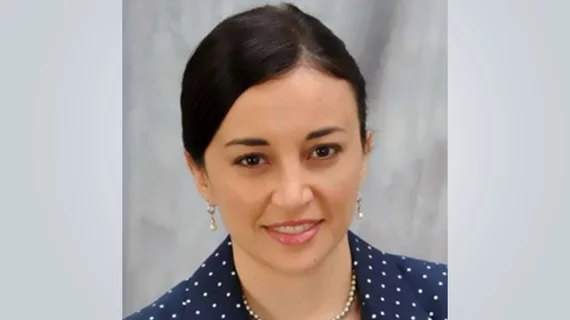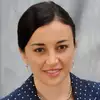3 Ways Teleradiology Helps Prevent Burnout in Radiology
I love being a neuroradiologist and helping patients. I’ve always loved it. But there are downsides to the work as well. The stress levels might be high, you can feel isolated or restricted and your work list may control everything you do—it’s no wonder burnout is so high in our profession these days.
Four years ago, looking to change my life for the better, I became a teleradiologist for vRad with a focus on neuroradiology. Comparing my life now with what it was like before I began working for vRad, it really is a whole new world. For the first time since I decided to go to medical school, I feel like I have control of my own life again. I’m back in the driver’s seat. I still work plenty of hours, of course, but I have my own schedule―no need to stay longer to catch up with the worklist. I can work early in the morning or work late at night. I can leave the house—my new reading room—in the afternoon without worrying about falling behind. This newly found freedom has greatly reduced my chances of experiencing burnout on the job.
These are three of the biggest ways teleradiology can reduce burnout in radiology—and I’ve experienced each one firsthand.
1. Red tape and paperwork? No thanks!
How much paperwork do we do in healthcare? So much that its reduction is a primary concern of our government. The 2019 Medicare Physician Fee Schedule Final Rule, for example, targeted unnecessary paperwork so that physicians would have more time to treat patients. The amount of paperwork and red tape I’m expected to deal with has decreased significantly since joining vRad.
For example, we’re supported by 55 physician services team members. vRad’s Credentialing Team verifies and maintains our credential files, including our education, work history and affiliations. The company’s Licensing Team, meanwhile, maintains our required records such as CME certificates and helps us acquire and maintain all of the state licenses we need to read. They maintain a total of 8,000 state licenses—a process that takes nearly five months per license!—and renew another 300 each month. We also have an Applications Team focused on managing our new hospital applications in partnership with our Privileging Team that obtains and maintains all of our hospital privileges.
It’s nice to have all of these people looking out for me. Trust me when I say, that does wonders for a physician’s stress levels.
2. State-of-the-art tech is a dream come true
The vRad RIS and PACS are incredibly smooth and efficient. And I rarely have any sort of IT-related issues, but when such a problem does arise, I get help within seconds, with someone remotely taking control of my computer and figuring out a quick solution. Any radiologist can tell you how rare that is—we get used to living with computer or platform issues, but it doesn’t need to be that way.
Another huge difference on the clinical side is how quickly vRad’s platform reaches out to the referring provider when there is a critical finding. I remember being a resident and spending so much time chasing down the physician. I would try one phone number, and then another phone number. It would take away from time I could be spending reading cases. With the reading platform I use now, all of that is automatic. It’s such a relief to have that stress taken off my plate.
One thing people don’t consider when they think about telehealth, and teleradiology in particular, is that teams can still work with one another. If I’m not sure of something or want a second opinion, all I have to do is ask. vRad keeps us all connected—it just takes the click of a mouse and I can ask a colleague what they think about a certain case. I never have problems getting help, and I’m always happy to help when somebody reaches out to me. It feels good to be a part of a team, and you still get that feeling in teleradiology, even if you are working from the comfort of home.
3. Life outside of radiology has improved dramatically
Stress is a natural part of any job, especially in healthcare—you’re never going to completely leave it behind. But being surrounded by people you love is the absolute best medicine and working with vRad has allowed me to spend more time with my family and friends. I’m even taking piano and singing lessons with my daughter now, which has helped us grow closer than ever before. When I was working in a conventional radiology practice, I wouldn’t get home many days until 8:30 p.m. due to making sure everything in my work list was complete. My children would already be in bed, having gone through an entire exciting day without me there to join in on the fun. That dynamic is now gone. I no longer feel like I’m absent and missing out on important moments.
I also now have more time for other hobbies, including dancing. Finding free time to pursue these things was impossible before I became a teleradiologist. And I’m more involved in my community, participating in church activities and meeting new friends through various “mom” groups. Instead of radiology taking up all of my attention, all of the time, I get to actually experience these new aspects of life. I feel so much more complete now, and I know that has made me a significantly better radiologist.

